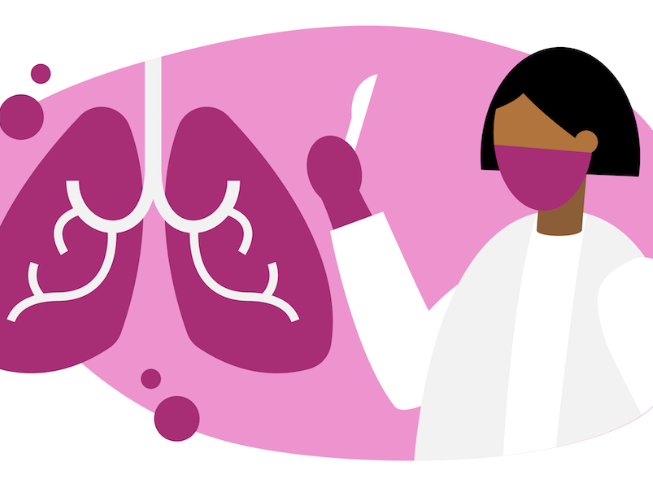Platelet-rich plasma (PRP) therapy has been used in the field of cardiovascular and thoracic surgery as a regenerative medicine treatment. PRP therapy involves extracting a small amount of the patient’s blood, processing it to concentrate the platelets, and then injecting the concentrated platelets into the targeted area. In cardiovascular and thoracic surgery, PRP therapy has been shown to be effective in a variety of applications, including wound healing, tissue regeneration, and reducing inflammation.
How PRP Therapy Works in Cardiothoracic Surgery
PRP therapy works by harnessing the body’s natural healing properties to promote regeneration and tissue repair. The platelets contain growth factors and other healing components that can accelerate the healing process, reduce inflammation, and promote new tissue growth.
In cardiovascular and thoracic surgery, PRP therapy can be used in the following ways:
- Wound Healing: PRP therapy can be used to promote wound healing after surgery. PRP injections can help to reduce inflammation, promote tissue growth, and accelerate the healing process.
- Tissue Regeneration: PRP therapy can be used to promote tissue regeneration in cases of cardiovascular disease. PRP injections can help to promote the growth of new blood vessels and improve blood flow to the affected area.
- Reducing Inflammation: PRP therapy can be used to reduce inflammation in the cardiovascular system. PRP injections can help to reduce inflammation in the arteries, which can reduce the risk of complications such as heart attack and stroke.
Benefits of PRP Therapy in Cardiothoracic Surgery
PRP therapy offers several benefits in cardiovascular and thoracic surgery, including:
- Faster Healing: PRP therapy can accelerate the healing process and reduce recovery time after surgery.
- Reduced Inflammation: PRP therapy can help to reduce inflammation in the cardiovascular system, reducing the risk of complications such as heart attack and stroke.
- Improved Tissue Regeneration: PRP therapy can promote tissue regeneration, improving blood flow to the affected area and reducing the risk of further complications.
- Natural Treatment: PRP therapy uses the patient’s own blood, making it a natural and safe treatment option.
- Reduced Risk of Complications: PRP therapy has a low risk of complications since it is a natural treatment that utilizes the body’s own healing properties.
Conclusion
PRP therapy is an innovative treatment option that has shown promise in the field of cardiovascular and thoracic surgery. This therapy offers several benefits, including faster healing, reduced inflammation, and improved tissue regeneration. If you are considering cardiovascular or thoracic surgery, talk to your doctor about whether PRP therapy may be a suitable treatment option for you.








